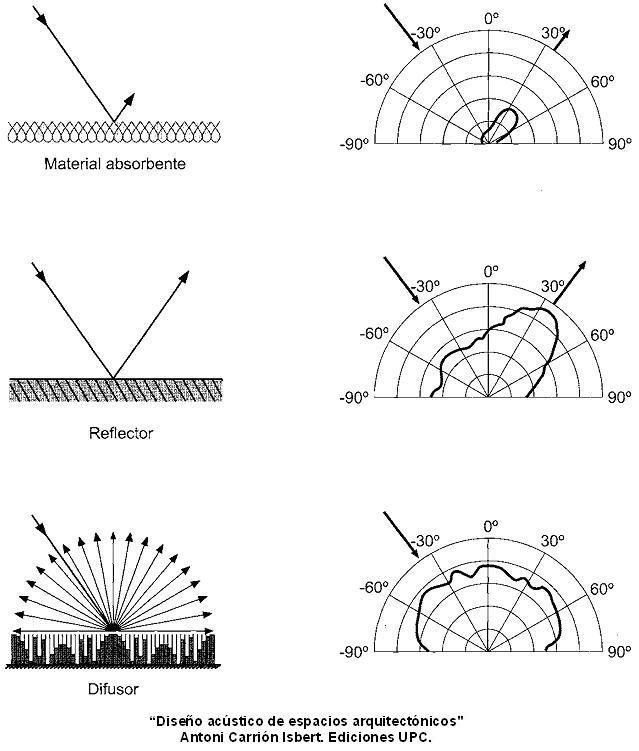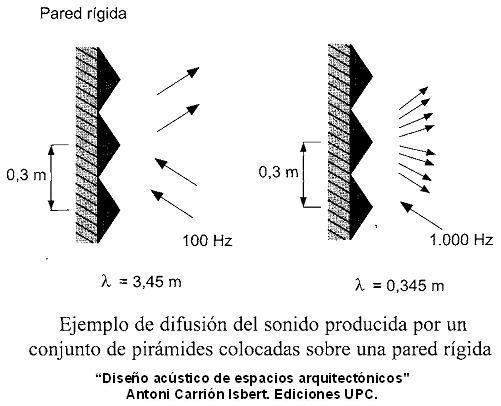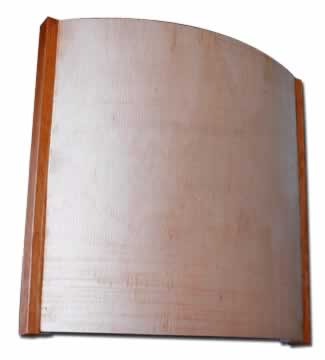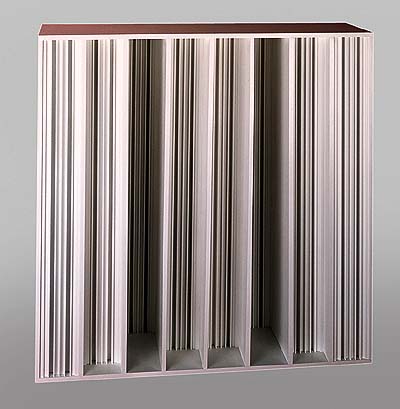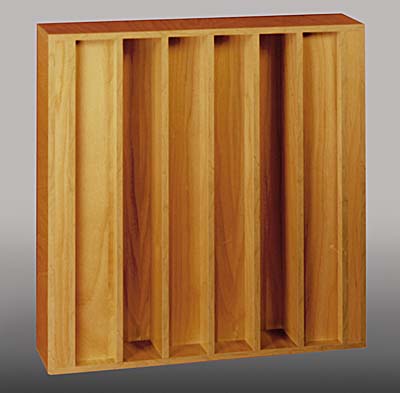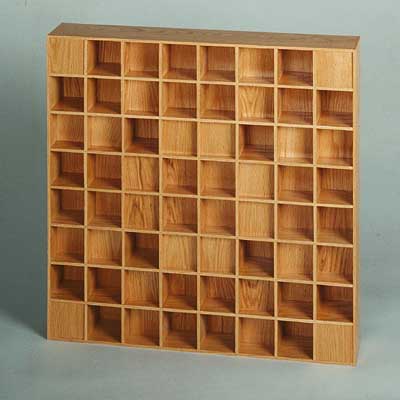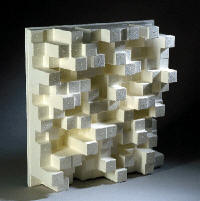Audio 1:
https://gababuenosaires.activehosted.com/index.php?action=social&c=55&m=110
O
https://soundcloud.com/user-866249619/di-a-1/s-H7nlX
Audio 2:
https://gababuenosaires.activehosted.com/index.php?action=social&c=56&m=111
o
https://soundcloud.com/user-866249619/di-a-2/s-NW8zg
Audio 3:
https://gababuenosaires.activehosted.com/index.php?action=social&c=57&m=112
o
https://soundcloud.com/user-866249619/di-a-3/s-LQQOe
Audio 4:
https://gababuenosaires.activehosted.com/index.php?action=social&c=59&m=114
o
https://soundcloud.com/user-866249619/dia-4/s-afCNV
Audio 5:
https://gababuenosaires.activehosted.com/index.php?action=social&c=60&m=115
o
https://soundcloud.com/user-866249619/dia-5/s-kImac
Audio 6:
https://gababuenosaires.activehosted.com/index.php?action=social&c=62&m=119
o
https://soundcloud.com/user-866249619/dia-6/s-Qmrt5
Audio 7:
https://gababuenosaires.activehosted.com/index.php?action=social&c=63&m=120
o
https://soundcloud.com/user-866249619/dia-7/s-fv72B
Audio 8:
https://gababuenosaires.activehosted.com/index.php?action=social&c=64&m=121
o
https://soundcloud.com/user-866249619/dia-8/s-meULM
Audio 9:
https://gababuenosaires.activehosted.com/index.php?action=social&c=65&m=122
o
https://soundcloud.com/user-866249619/dia-9/s-WOOfH
Audio 10:
https://gababuenosaires.activehosted.com/index.php?action=social&c=66&m=123
o
https://soundcloud.com/user-866249619/dia-10/s-b7jcX
Audio 11:
https://gababuenosaires.activehosted.com/index.php?action=social&c=67&m=124
o
https://soundcloud.com/user-866249619/dia-11/s-umgat
Audio 12:
https://gababuenosaires.activehosted.com/index.php?action=social&c=68&m=125
o
https://soundcloud.com/user-866249619/dia-12/s-DqJWK
Audio 13:
https://gababuenosaires.activehosted.com/index.php?action=social&c=69&m=126
o
https://soundcloud.com/user-866249619/dia-13/s-hTR2H
Audio 14:
https://gababuenosaires.activehosted.com/index.php?action=social&c=70&m=127
o
https://soundcloud.com/user-866249619/dia-14/s-3Ojs0
Audio 15:
https://gababuenosaires.activehosted.com/index.php?action=social&c=71&m=128
o
https://soundcloud.com/user-866249619/dia-15/s-cNcNO
Audio 16:
https://gababuenosaires.activehosted.com/index.php?action=social&c=72&m=129
o
https://soundcloud.com/user-866249619/dia-16/s-axvFz
Audio 17:
https://gababuenosaires.activehosted.com/index.php?action=social&c=73&m=130
o
https://soundcloud.com/user-866249619/dia-17/s-gwF7g
Audio 18:
https://gababuenosaires.activehosted.com/index.php?action=social&c=74&m=131
o
https://soundcloud.com/user-866249619/dia-18/s-cRDJj
EL TRAJE NUEVO DEL EMPERADOR*
*Sinopsis del cuento.
Al emperador le gustaba tanto la ropa que no le importaba nada más.
Así como se decía que un rey estaba en la cámara del Consejo, en este
caso se decía: “El emperador está en su guardarropa”.
Un buen día llegaron a la ciudad un par de estafadores. Dijeron que
podían tejer el más magnífico de los paños, que tenía la extraña virtud
de ser invisible para todo aquel que fuera “indigno de ocupar su cargo”
o “inadmisiblemente estúpido”. El emperador consideró que esa sería
una excelente manera de averiguar quién no era apto para su cargo y
quién era poco sensato, de modo que ordenó que le tejieran el paño de
inmediato y le hicieran un traje.
Todo el mundo sabía sobre la extraña virtud del paño, y todos aguardaban
impacientes para ver cuán indignos o estúpidos eran sus vecinos.
Al cabo de unos días, el emperador quiso saber cómo iba el paño. Como le
inquietaba un poco su extraña virtud, primero mandó a su viejo ministro de
confianza y luego a otro funcionario afable para que examinaran el trabajo.
Ninguno de los dos pudo ver nada, pues no había nada que ver. Ambos se
preguntaron si acaso serían estúpidos o indignos del cargo que ocupaban.
Pero como no querían que nadie se enterara, elogiaron efusivamente los
delicados colores y el magnífico diseño del paño.
Pocos días después, el emperador fue adonde los tejedores con un
séquito selecto para ver el paño por sí mismo. “¡Qué es esto!-pensó el
emperador-. ¡No veo nada! ¿Seré estúpido?¿Acaso soy indigno como
emperador?” Pero para cerciorarse de que nadie supiera, exclamó: “¡Oh,
es bellísimo!”.
Los cortesanos que lo acompañaban también miraron, pero ninguno vió
nada. “¡Es magnífico! ¡Exquisito! ¡Excelente!, dijeron todos, y le aconsejaron
al emperador que estrenara el traje en la procesión que se avecinaba.
La noche anterior al cortejo los charlatanes simularon estar muy ocupados
cortando el paño y cosiendo el nuevo traje, y al día siguiente le pidieron
al emperador que se quitara la ropa y lo “vistieron” con los nuevos ropajes.
A lo largo de la ruta por la que pasaba el cortejo, la gente vitoreaba y
aplaudía. Nunca antes habían tenido tanto éxito los ropajes del emperador.
Más de repente, una chiquilla dijo: ¡Pero si no lleva nada puesto!”, y
todos empezaron a susurrarse unos a los otros que una niña había dicho
“¡No lleva nada puesto!” Pronto todos gritaron :”¡Pero si no lleva nada
puesto!”.
El emperador se estremeció, pues sospechó que tenían razón. Sin embargo,
consideró que debía seguir en la procesión hasta el final, y eso hizo.
*Hans Christian Andersen
Audio 19:
https://gababuenosaires.activehosted.com/index.php?action=social&c=75&m=132
o
https://soundcloud.com/user-866249619/dia-19/s-oar5R
Audio 20:
https://gababuenosaires.activehosted.com/index.php?action=social&c=76&m=133
o
https://soundcloud.com/user-866249619/dia-20/s-ye6NN
Audio 21:
https://gababuenosaires.activehosted.com/index.php?action=social&c=77&m=134
o
https://soundcloud.com/user-866249619/dia-21/s-1vW8d
Había una vez un dragón que se separó de sus padres al nacer y se perdió.
Fue criado entre animales de granja, aprendió a comer pasto y a caminar por el campo como las bestias domésticas.
Un
día, un dragón más viejo volaba sobre el campo exhalando fuego y
dispersando a su paso a todos los animales. El joven dragón que estaba
en la tierra quedo fascinado y paralizado de admiración. El dragón más
viejo vio entonces a su primo y se precipito en vuelo, lo atrapo entre
sus inmensas mandíbulas y remonto vuelo nuevamente.
Cuando
estaban tan elevados que las casas parecían de juguete, el dragón
anciano abrió la boca y soltó al joven, que cayó a tierra gritando. Sin
embargo, justo antes de que diera en tierra, el anciano descendió y
volvió a tomarlo entre sus mandíbulas emprendiendo vuelo hacia lo alto
del cielo. Y desde allí, nuevamente lo dejo caer.
Esta
horrible ceremonia se repitió varias veces antes de que el joven,
furioso y atemorizado, extendiera sus alas y con un rugido de fuego se
elevara en vuelo por sí mismo, transformándose, por primera vez en su
vida, en su ser real.
El
primer contacto de este dragón joven con su verdadera naturaleza es
semejante a lo que muchas historias orientales llaman "el rugido del
despertar".
Audio 22:
https://gababuenosaires.activehosted.com/index.php?action=social&c=78&m=135
o
https://soundcloud.com/user-866249619/dia-22/s-3NAF5
Audio 23:
https://gababuenosaires.activehosted.com/index.php?action=social&c=79&m=136
o
https://soundcloud.com/user-866249619/dia-23-1/s-wBHMh
Audio 24:
https://gababuenosaires.activehosted.com/index.php?action=social&c=80&m=137
o
https://soundcloud.com/user-866249619/dia-24/s-o6rOw
Audio 25:
https://soundcloud.com/user-866249619/dia-25/s-XFD7d







